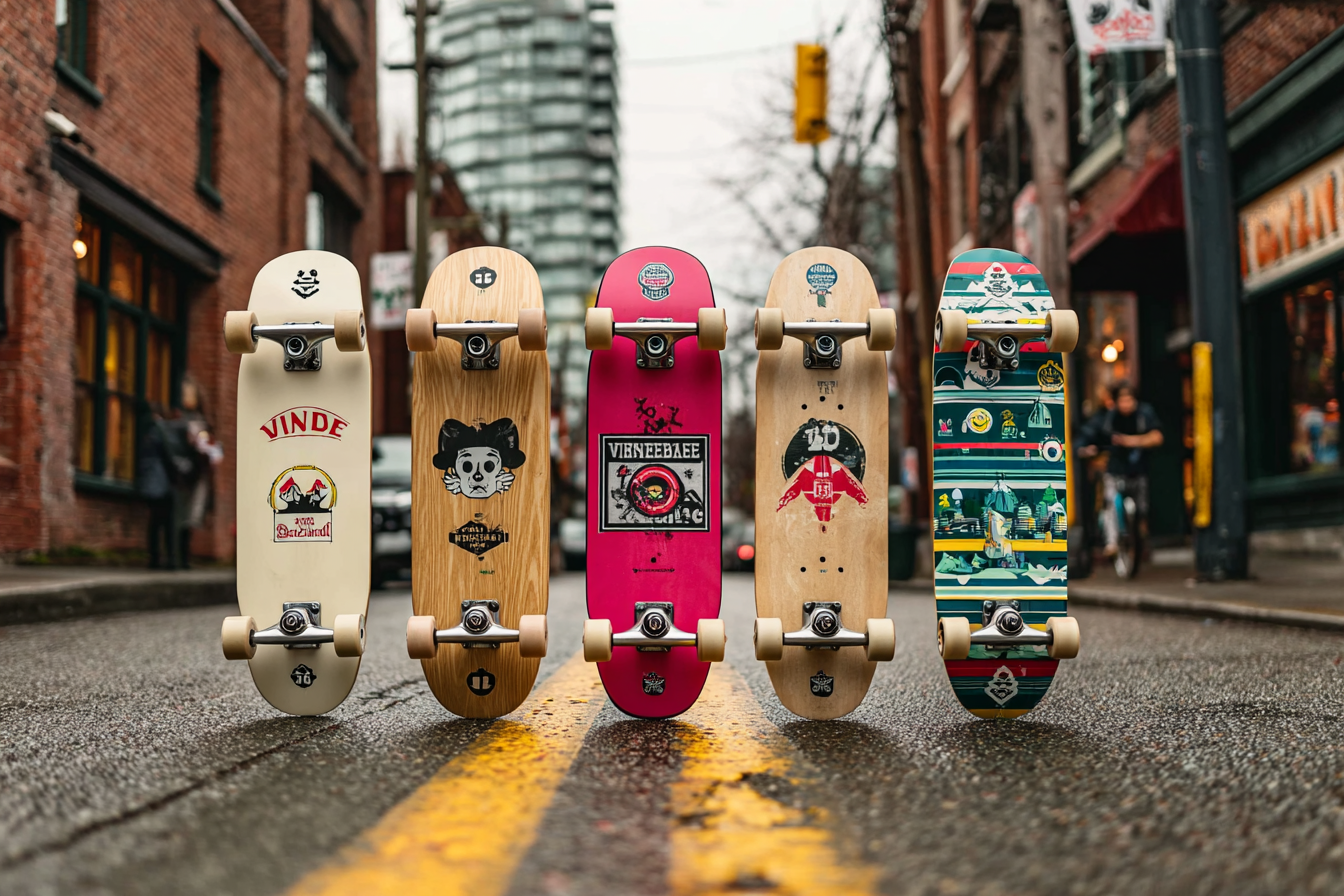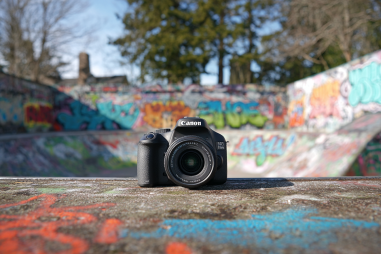Skateboarding culture has always been more than just a sport; it’s a vibrant expression of creativity, freedom, and rebellion that has continuously evolved since its inception. From its humble beginnings on the streets and empty pools of the 1950s and 60s to becoming a global movement influencing fashion, music, and art, skateboarding culture offers a fascinating glimpse into how youth culture adapts and transforms over time. Join us as we explore the key milestones, technological advances, and cultural shifts that have shaped skateboarding into the dynamic phenomenon it is today.
Early Days of Skateboarding Culture
Skateboarding originated in California during the late 1940s and early 1950s, with surfers seeking a way to “surf” on land when the ocean waves were flat. These early skateboarders were often called “sidewalk surfers” because they adapted the style and attitude of surfing to the concrete jungle. The boards themselves were rudimentary, often handmade with wooden planks and roller skate wheels attached. Skateboarding in the beginning was closely tied to the surf culture, embodying a laid-back, rebellious spirit.
During the 1960s, skateboarding steadily grew in popularity, with the first commercial skateboards hitting the market. The culture was still largely underground but began building its own identity separate from surfing by embracing daring tricks and urban exploration. Skateboarders were a tight-knit community often seen as outsiders, carving out their own spaces in empty pools, parking lots, and streets.
Key Phases of Cultural Change Through the Decades
Skateboarding’s evolution can be divided into several distinctive phases, each characterized by unique styles, influences, and cultural developments.
1970s: The Birth of Modern Skateboarding
The invention of polyurethane wheels in the early 70s revolutionized skateboarding by offering better grip and smoother rides. This technological leap enabled skateboarders to innovate with new tricks and paved the way for the rise of professional skateboarding. Skateparks began emerging, and the culture was infused with a stronger sense of community and competition. This era also introduced the iconic designs and graphics on boards, a trend that would turn skateboarding into a form of personal artistic expression.
1980s: A Time of Rebellion and Punk Influence
Throughout the 80s, skateboarding culture took on a distinct countercultural edge, closely tied to punk rock and skate punk music scenes. Skateboarders were portrayed as rebellious youth challenging societal norms, and their clothing reflected this attitude – think ripped jeans, band tees, and Vans sneakers. This period also saw the rise of street skating, with skaters turning urban architecture like stair sets and rails into canvases for tricks. Skateboarding videos and magazines started flourishing, further spreading the culture globally.
1990s: Mainstream Recognition and Diversification
By the 90s, skateboarding had become a mainstream sport, helped by video games like Tony Hawk’s Pro Skater and the inclusion of tricks like the ollie and kickflip in popular routines. The X Games debut in 1995 brought skateboarding into the spotlight as a competitive sport. The culture diversified further, incorporating influences from hip-hop, graffiti art, and streetwear fashion. Skate brands grew into lifestyle brands, influencing music and design far outside skateboarding itself.
Impact of Technology on Skateboarding Gear and Style
Technological advancements have continually shaped not just the performance but the very identity of skateboarding culture. Innovations in deck construction, such as the use of lighter and stronger materials like maple plywood and carbon fiber, have expanded the technical possibilities for skaters. Trucks and wheels have become highly specialized, allowing riders to customize their setups to fit street, park, or vert skating.
Moreover, skate shoe technology has evolved to improve durability and grip, integrating features such as reinforced stitching, impact protection, and better board feel. These changes not only enhance performance but also become style statements, with brands frequently collaborating with artists and designers to create unique footwear lines that define skate culture trends.
Media and Skateboarding Culture: Videos, Magazines, and Social Media
The way skateboarding culture spreads and grows has been heavily influenced by various media platforms. In the 1980s and 90s, skate videos were a core element of the culture, capturing skaters performing tricks in diverse locations and helping to popularize styles and techniques. Magazines like Thrasher and TransWorld Skateboarding became cultural staples, featuring interviews, photo essays, and editorial pieces that spoke directly to skaters and fans around the world.
With the rise of the internet and social media platforms like YouTube, Instagram, and TikTok, skateboarding culture has entered a new era of accessibility. Skaters can now share videos instantly with global audiences, discover new talents, and connect with communities across continents. This digital presence has also allowed skateboarding to become more inclusive, showcasing a broader range of participants from different genders, ethnicities, and backgrounds.
Skateboarding Culture’s Influence Beyond Sports
Skateboarding has always been a cultural force extending well beyond the sport itself. It has influenced fashion with iconic clothing and footwear brands that started as skate companies and grew into global lifestyle juggernauts. Music genres such as punk, hip-hop, and indie have found a symbiotic relationship with skateboarding, each feeding into the other’s energy and creativity.
Art and design inspired by skate culture are visible in street art, graphic design, and even high fashion. Skateboarding’s DIY ethic has encouraged artistic experimentation and entrepreneurship. Furthermore, skateboarding has become a tool for social change and community building, providing youth with opportunities for self-expression, mentorship, and positive engagement worldwide.
Current Trends and the Future of Skateboarding Culture
Today’s skateboarding culture is a vibrant mosaic reflecting its diverse global community. Women and LGBTQ+ skaters are gaining much more visibility and influence, reshaping the cultural narrative to be more inclusive and representative. The Olympic debut of skateboarding in Tokyo 2021 marked a new milestone, bringing fresh media attention and growing the sport internationally while sparking debates over the preservation of skateboarding’s rebellious roots.
Technological advances continue with electric skateboards, apps for sharing skate spots, and improved safety gear that blends protection with style. Sustainability is becoming a conversation in skateboarding, with eco-conscious brands emerging to reduce environmental impact.
Looking forward, skateboarding culture is expected to keep evolving by embracing innovation without losing the authenticity and individuality that have defined it. The blend of tradition and progress will likely maintain skateboarding as both a sport and a cultural phenomenon for generations to come.
Skateboarding culture’s journey from simple sidewalk surfing to a global cultural powerhouse is a testament to its spirit of constant evolution and creativity. By adapting to technological advances, embracing diverse voices, and influencing wider cultural landscapes, skateboarding continues to inspire freedom, self-expression, and community worldwide. As it moves forward, skateboarding culture remains a dynamic force, always pushing boundaries and welcoming new chapters.







